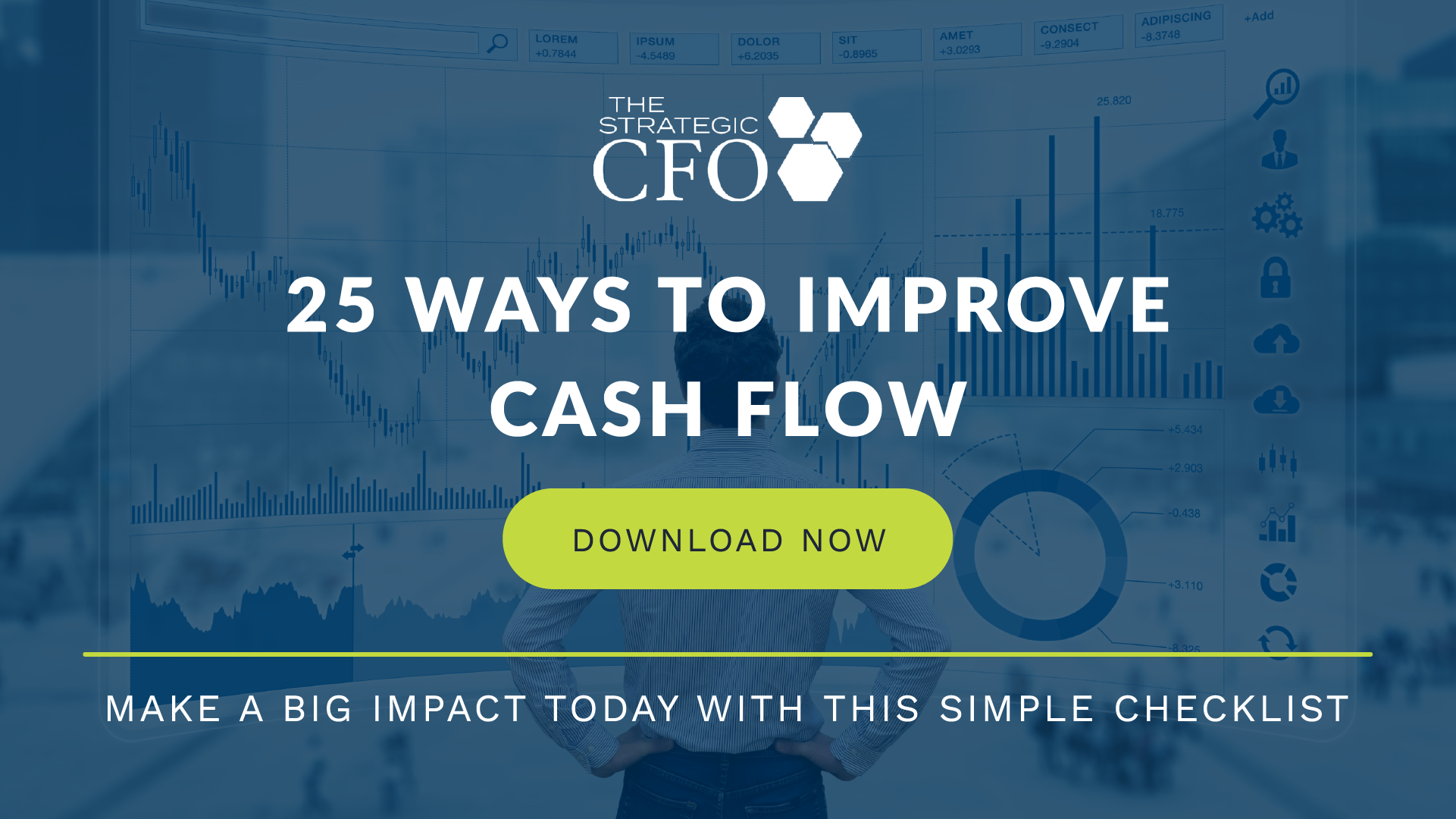See Also:
Account Reconciliation
Account Reconcilement Definition
Accrual Based Accounting
Financial Accounting Standards Board (FASB)
Generally Accepted Accounting Principles (GAAP)
Thirteen Week Cash Flow Report
Accounting Cycle Definition
The accounting cycle, defined as the process taken by prudent accountants which leads to sensible accounting records, is part of the general best practices of accountancy. During the accounting cycle, controllers assure the quality of work with 3 main phases: analysis, record keeping, and adjustment.
Accounting Cycle Meaning
The term accounting cycle means the procedure accountants follow which eventually leads to representative financial statements for a company. Over time, an accounting cycle sequence has emerged from the successes and failures of the accountants who walked before. These, eventually, were assembled and accepted as a formal system to assure that records are kept relevant.
[button link=”https://strategiccfo.com/25-ways-to-improve-cash-flow?utm_source=wiki&utm_medium=button%20cta” bg_color=”#eb6500″]Download The 25 Ways to Improve Cash Flow[/button]
Accounting Cycle Process
The accounting cycle process created is now widely accepted as a set of best practices. The value of these is that they account for quantitative as well as qualitative analysis, provides a framework of records as a foundation for statements, and allow for changes to occur which are then included in the statements. Find the accounting cycle process below:
1. Identify the Transaction
This part of the qualitative analysis assures that a transaction is important to the accountant and her work. Invoices and other documents allow this to occur.
2. Analyze the Transaction
When analyzing the transaction, the accountant relies on their expertise to decide what accounts and statements are effected by the transaction and in what way.
3. Record the Transaction as a Journal Entry
In this stage, the transaction is placed where it belongs in the transaction journal.
4. Post the Transaction to the Ledger
Here, the above journal entries are then included in T-accounts where they belong in the ledger.
5. Create a Trial balance
This stage assures that all existing credits and debits balance in their respective accounts.
6. Adjust Entries
Include accrued and deferred entries. Include these entries in the period which they effect. These entries are included, here, in the journal and T-accounts
7. Calculate the Adjusted Trial Balance
Create a new trial balance, after you adjust the entries for accrued and deferred entries.
8. Create Financial Statements
Here, financial statements are created from the adjusted trial balance.
9. Closing Entries
In this stage of the accounting cycle, temporary accounts are finally included in the Owner’s Equity section of financial statements. Call these the closing entries.
At this stage, the accountant can pass off the final accounting statements to their supervisors. Sometimes, a new trial balance is created here before sharing financials with company controllers. As with other stages of the process, the accountant will use their best judgement to decide what the next course of action will be.
Accounting Cycle and Operating Cycle
The accounting cycle and operating cycle are very closely related. These ties become more obvious when working in either department. With cash cycles, capital investments, permanent or seasonal hiring, and other needs that the operations department has the accounting department must be well informed in order to meet the needs of an ever-changing business. In many minds, the ties between the accounting and operations department may even be stronger than others. Most businesses will want to ensure regular communications between all departments, but most of all these.
Accounting Cycle Example
For example, John is the head accountant for a merchandising company. In truth, his side of retail may be the most important because nothing happens with a business until he makes a sale. John is an expert when it comes to the accounting cycle for a merchandising company. He has earned this through the constant struggles that he faces in his daily work.
John has to face one such struggle today. A deferred entry, in the form of an account payable with terms will effect the current period, has come up. He prepare financials, at his level of expertise. But the company has not informed John of this expense yet.
Luckily, John is at the adjust entries phase of his work. This is the perfect place to receive this information. Now, John can adjust entries to include the new expense. This will include additional information which was not otherwise in the statements. John loves to place as much useful information as possible in his statements. He is happy to do the extra work.
Conclusion
In conclusion, John receives a hail of praise when he finally presents the statements to the board of directors. For his continued attention to detail while still monitoring the big picture, he receives a large raise. His company wants to make sure they retain his expertise. John is happy for his success and thanks the accountants who first conceived of the accounting cycle transactions.
If you want more tips on how to manage your cash flow, then click here to access our 25 Ways to Improve Cash Flow whitepaper.
Access your Strategic Pricing Model Execution Plan in SCFO Lab. The step-by-step plan to set your prices to maximize profits.
Click here to learn more about SCFO Labs[/box]












